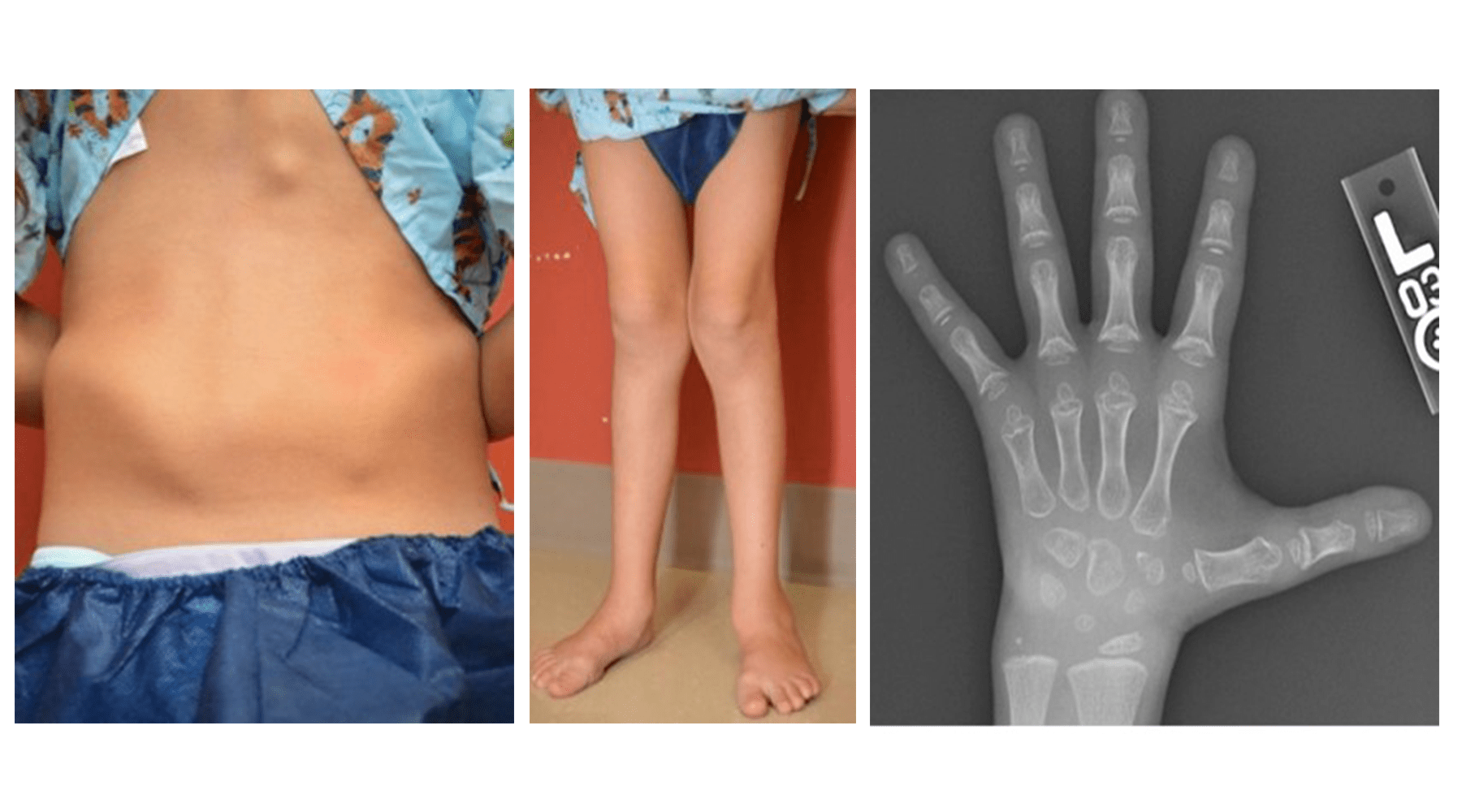MBTPS1 Related Disorders Research Group
About MBTPS1-related disorders for patients and families
MBTPS1-related disorders are a group of very rare genetic disorders related with protein transporting defects within cells. As a result, abnormally accumulated macromolecules cause cellular stresses and skeletal defects where accumulation occurs. These disorders are often poorly clinically recognized and their mechanism of action is poorly understood because of its rarity, and thus few treatment options are available.
As MBTPS1-related disorders, spondyloepiphyseal dysplasia, Kondo-Fu type (SEDKF) is an inherited genetic skeletal disorder together with congenital cataracts. The first SEDKF pediatric patient was born with no obvious abnormalities. Soon after birth, however, the gain in weight and height slowed down considerably. In addition to slow growth, she experienced developmental delay and severe skeletal manifestations with pains including pectus carinatum, kyphosis, and waddling gait. As to the cataract, her vision has been fine after extraction. Speech and cognitive development were normal. These clinical manifestations were shared with other SEDKF patients.
We aim to identify more patients so that in the near future improved diagnosis, treatment and even disease prevention become a reality. We would like to enable connections between patients and their families with physicians and scientists to work together to achieve these goals.
Learn how to join our study >>
SEDKF in the News
- Findings Magazine: 1 in 5 billion
- Oklahoma teen lives with unique skeletal disorder
- Findings Magazine: The Mystery of Madison
- ‘You have to own who you are’: Yukon teen lives with unique skeletal disorder
- OMRF discovery ignites search for patients with rare skeletal disorder
- 2 Oklahoma girls diagnosed with rare disorder discovered by Oklahoma doctors
- Oklahoma researchers looking for additional patients across the US with rare genetic mutation
- Mother on mission to find more patients with her 8-year-old daughter’s rare condition



